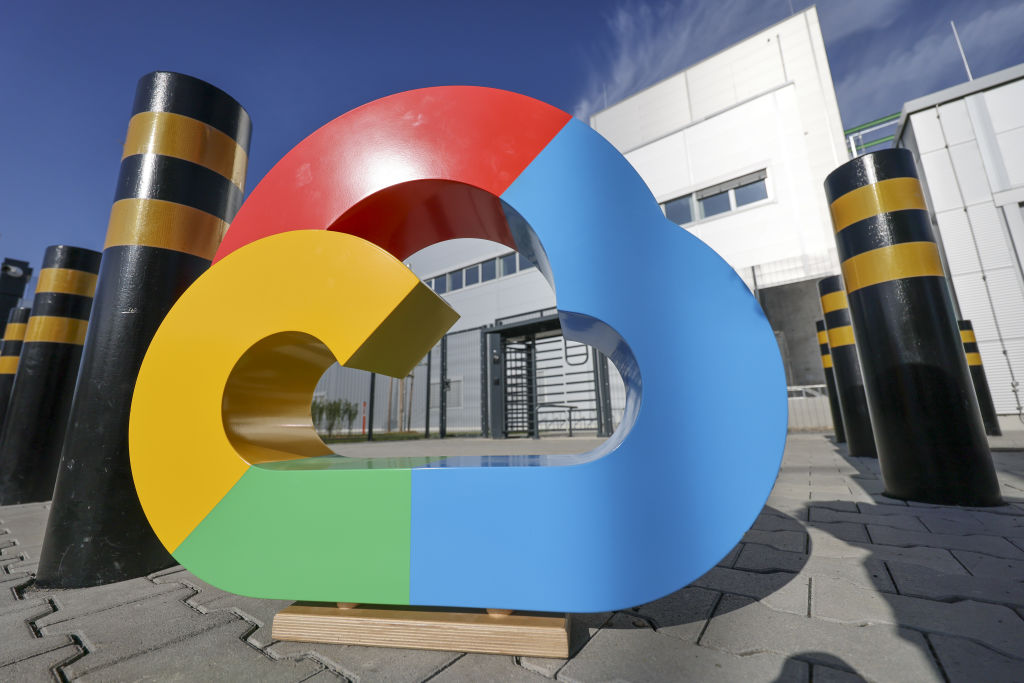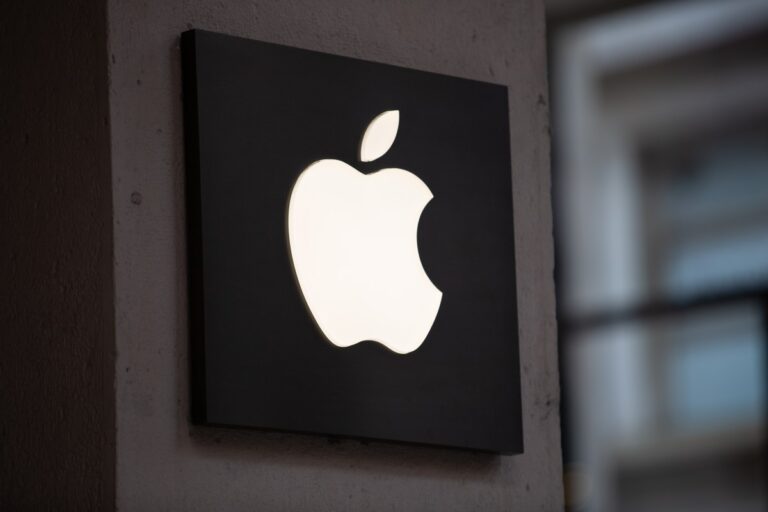How Lithium-Ion Batteries are Revolutionizing Google’s Data Centers
In recent developments, Google has made headlines by installing an impressive 100 million lithium-ion cells across its data centers, a move that reflects the growing trend of battery usage in various sectors. This shift is not just about enhancing backup power; it signifies a larger transformation in technology and energy efficiency.
The Shift from Lead-Acid to Lithium-Ion Batteries
Historically, Google relied on lead-acid battery backup units for its server racks. While these traditional batteries were dependable, they had significant drawbacks:
- Bulky and Heavy: Lead-acid batteries took up considerable space.
- Limited Power: They did not provide the same efficiency as modern alternatives.
By transitioning to lithium-ion cells, Google has experienced multiple advantages:
- Increased Power: The new cells hold twice the energy compared to their predecessors.
- Space Efficiency: Lithium-ion batteries occupy half the volume of lead-acid units.
- Operational Efficiency: The company has reduced the number of required battery cells by 75%, allowing more space for essential server equipment.
Economic Impact of Battery Technology
This evolution in battery technology is crucial for data centers, where every inch of space is valuable. According to JLL, developing a new data center can cost at least $125 per square foot, so optimizing space is financially advantageous. The shift to lithium-ion cells not only ensures reliability in power backup but also enhances the financial viability of data center operations.
Wider Trends in Battery Usage
The implications of battery advancements extend beyond data centers. Here are some notable applications:
- Home Energy Storage: Many households are investing in large, multi-kilowatt batteries to store solar energy and maintain power during outages.
- Portable Power Solutions: Campers are replacing traditional generators with portable battery packs that are quieter and more environmentally friendly.
- Medical Innovations: Startups are utilizing small battery cells to improve temperature control in medical specimen shipments, enhancing tracking capabilities.
Contextualizing Google’s Battery Milestone
While Google’s achievement of installing 100 million lithium-ion cells since 2015 is impressive, it should be viewed in a broader context. For instance, Panasonic has shipped over 10 billion cells from its Nevada facility during the same period. Despite these numbers, Google’s initiatives highlight the significant role batteries play in driving innovation across various sectors.
In conclusion, the installation of lithium-ion cells in Google’s data centers is more than a mere statistic; it represents a pivotal shift towards efficiency and sustainability in technology. As the battery-as-disruptor trend continues to evolve, it will undoubtedly influence numerous industries and everyday life.







